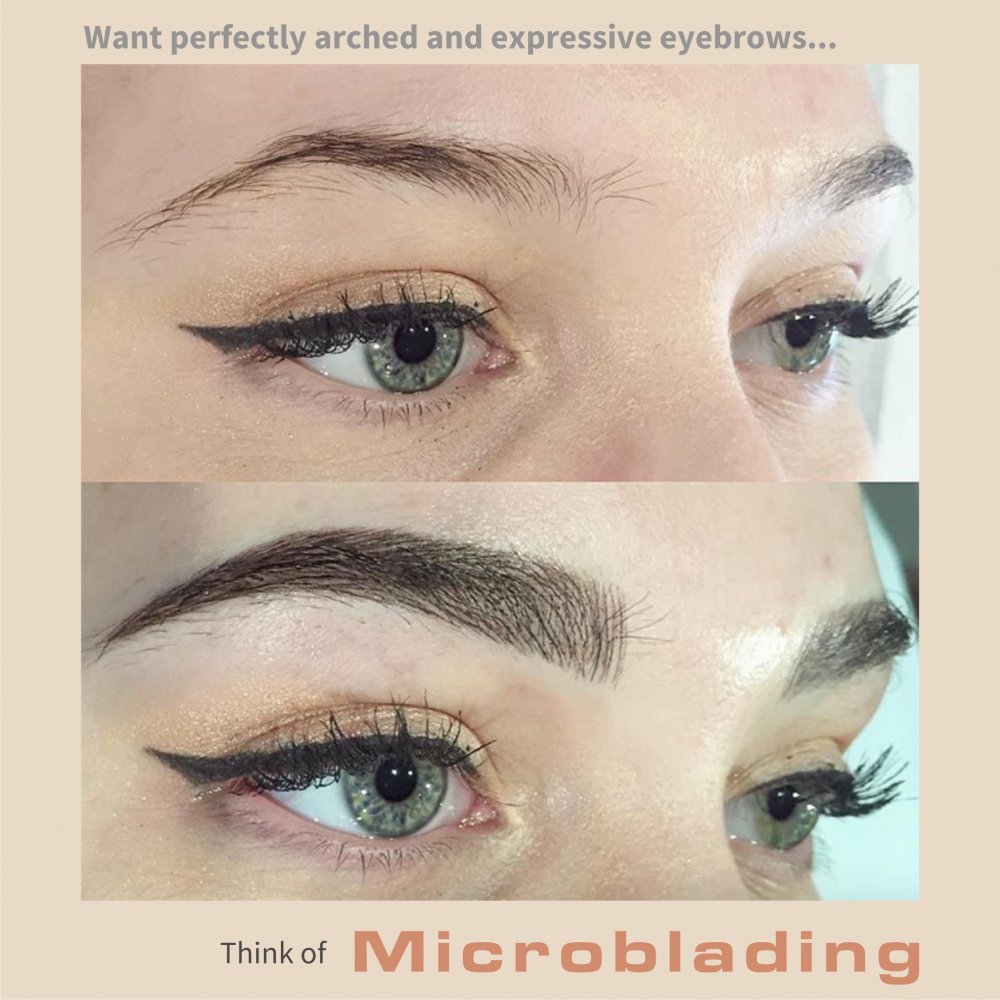What is a Chemical peels?
Chemical peeling is a superficial skin rejuvenation procedure that uses fruit acids toremove unwanted and dead skin cells. chemical peels stimulates the new cell formation, giving a fresh and rejuvenated look.
Skin peeling can be performed on face, neck , back and arms.
Facial chemical peels Improve
- Texture, uneven tone, dull skin
- pigmentation of skin.
- Eye dark circles
- Sun damage, age spots
- Superficial facial lines
- Acne/ breakouts
- Acne scarring
How is chemical peeling done?
- Involves applying a chemical solution on the face.
- Leaving it to act up for 5 to 10 minutes, depending on the skin condition.
- You may feel slight warmth sensation or burning.
- The peeling agent is the neutralised with an alkaline or buffer solution.
- Procedure is natural, safe, painless and quick.
- For best results 8 to 10 sessions are required, 2 weeks apart.
Types of Chemical peels
Alpha Hydroxy Acid (AHA) chemical peels
AHA's are fruit acids
Mildest form of peel with no downtime
- Glycolic acid- extracted from sugar cane.
- Lactic acid- extracted from milk.
- Mandelic acid- extracted from pears and apples.
- Citric acid- derived from oranges and lemons.
Glycolic Peel
What is glycolic acid?
- Glycolic acid is derived from sugarcane juice.
- It is a alpha hydroxy acid (AHA) or fruit acid.
- It is present in low concentrations (1-12%) in face washes and creams.
- Dermatologists use in high concentrations (20-50%) for skin peeling.
- Most commonly used facial peel today
- "Lunch-time peel"
Most common type of betahydroxy acid peel.
Works by removing excess sebum along with attacking bacteria deep within skin pores.
Effective in active acne , blackheads, whiteheads.
TCA peel
Tricloroacetic acid (TCA) peel is the most commonly used medium-depth peel
Used for
- Acne scars treatment
- Superficial lines and wrinkles.
- Blemishes.
Blue peel
This is TCA peel blended with a blue dye
The dye allows the dermatologist to acurately determine where and how evenly the chemical peel has been applied.
Yellow peel
- Contains a mixture of depigmenting agents such as azelaic acid, phytic acid, salicylic acid and retinol.
- Retinoic acid causes exfoliation
- Other agents block the synthesis of melanin.
- Used for melasma, superficial facial lines, acne marks.
- Yellow peel is left for 4 to 6 hours over the face and then removed with neutral soap.
- There may be slight visible peeling of the skin, so skin should be well moisturised for next few days.
We at The Skin would suggest the type of chemical peel, that is best suited for your aesthetic concern and skin type. Each treatment is tailored to your skin type to restore a most youthful appearance to your face.



